(December 13, 2023) Designer Geethika Kanumilli’s world collapsed when she was diagnosed with anti-phospholipid syndrome, an irreversible immune system disorder that leads to abnormal blood clots. It led to the loss of vision in one of her eyes and threatened to put a full stop to her childhood dream of becoming a fashion designer. Geethika Kanumilli was not one to give up, however, not even when her eye condition worsened to the point where she had to drop out of fashion school. The iron-willed designer decided to take her challenges head-on, went on to launch her own fashion label and expanded her brand’s customer base to 12 countries and 45 cities. She has also dressed many celebrities including Kiara Advani, Madhuri Dixit, Samantha Ruth Prabhu, Trisha Krishnan, PV Sindhu and Allu Arjun.

Fashion designer Geethika Kanumilli | Photo: Instagram
Learning through mistakes
“Everyone has their own idea of learning. Some believe it comes from earning a degree, reading books, or gaining work experience. For me, learning meant taking action,” points out fashion designer Geethika Kanumilli, in an exclusive with Global Indian. With no business or fashion background and no degree, Geethika has proved that through determination and hard work, one can do the impossible.
The Hyderabad-based fashion designer has come a long, long way, and even if she had to take a long, difficult road to achieve her dreams, her creations are making waves across the globe. “I embraced the mindset of ‘doing’, being willing to make small mistakes and allowing circumstances to become my teacher,” she smiles. “Eventually, I realized that I had developed skills that surpassed what some of the highest educational institutions could offer,” she adds
Timeless designs, eco-friendly fashion
Geethika’s collections capture timeless sentiments with organic shapes, flowing fabrics and unique designs, creating an ambience that communicates volumes via touch and texture. “I intend to incorporate natural fabrics into occasion wear,” says Geethika, who is all about making her label eco-friendly and going zero waste. She also designs luxury craft items, tote bags from waste fabrics.
Her newly launched collection ‘Wilderness’, embraces the pure connection between Mother Earth and human emotions. “It captures timeless sentiments through organic shapes, flowing fabrics and unconventional designs,” says the 29-year-old. The heaviest piece in this collection took more than 300 working hours to create.

The ‘Gilded Noir saree set’ (hand-embroidered, natural crepe) from the Wilderness collection
She has done several exhibitions across the world, including Singapore and US, where she has a huge fan following. Her creations are also available at select stores in the US, UK and Dubai.
A childhood dream
Born in Chennai, Geethika always had a deep fasincation for clothing and fashion, and desired, deep down, to pursue a career that involved it. “Although I did not know what to call it at the time, I later discovered that people referred to this as being a Fashion Designer,” Geethika recalls.
She was so passionate about designing clothes that she would lock her door and play dress-up games on her computer instead of getting ready for school. “When I turned 14, I found myself contemplating how to become a fashion designer, but I had no idea where to begin. I was desperately searching for answers until a relative came into my life and showed me the path,” recalls Geethika, who did her schooling in Chettinaad Vidyashram, Chennai. She then moved to Hyderabad, where she has remained since.
A temporary deviation
However, when the time came to join the 11th grade, she encountered a common tradition in Hyderabad: the expectation to pursue either Engineering or MBBS (medical studies). “Anything other than these options was considered inadequate, and surpassing them was deemed abnormal. Unfortunately, I fell into this trap as well.”Since her math skills were not strong, Geethika chose to study BiPC as a compromise to satisfy the desires of those around me. “After completing my 12th grade, when I wanted to take the entrance exam for a Fashion Design college, everyone tried to convince me to pursue MBBS instead. It took great effort, but I managed to convince them and prepared for the entrance test,” says the ace fashion designer, who has been featured in many international magazines.
A health crisis
However, as she was looking forward to writing the entrance test to get admission in the fashion design institute, fate threw a severe health problem her way. Her vision began to blur. She was taken to various hospitals to find out what was wrong. “After visiting multiple hospitals, we finally discovered that it was anti-phospholipid syndrome, an irreversible immune system disorder that leads to abnormal blood clots,” informs Geethika.

‘Animal’ actor Rashmika Mandanna wearing a design by Geethika Kanumilli
Losing vision in one of her eyes was an incredibly challenging and distressing period for Geethika and her family. A few months of medications later, she was ready to take her entrance exam. “Unfortunately, it was too late, and the registration had already closed until the following year. I had no choice but to wait. This tested my patience to the extreme, and it felt as if some greater force was at work.”
A time of uncertainty
Geethika ended up taking a one-year break, hoping the illness would ease. Nevertheless, her determination to become a fashion designer remained unshaken. The following year, she took the entrance test and got admission into the top Fashion Design college in Hyderabad. “Finally, nothing stood in the way of my dream. I was fully charged and motivated to make the most of this opportunity,” she says.
However, during her second year of college, the same health issue resurfaced and started to affect her working eye, particularly during stitching sessions. “Initially, I managed with the support of my classmates, but eventually, I realized that continuing like that was not feasible. It was at this moment that I recognised the need to let go of my dream of becoming a Fashion Designer permanently,” says Geethika, who felt helpless, and quitting college in the middle of her second year was a significant blow.
“People around me made fun of my decision, and I felt embarrassed for not having a degree. I endured insults and criticism, but I chose not to disclose my health issues to most of my relatives and friends. I didn’t want to use it as an excuse.” It was an intense period of uncertainty, and Geethika spent an entire year feeling lost and exhausted from the cycle of quitting and resting.
The decision that changed her life
View this post on Instagram
However, one fine morning in 2015, she took a decision, regardless of the outcome. She decided to start my own fashion label as a designer. “I was only 20 then, without any professional work experience or a degree. Many people, including my own family, were against the idea of pursuing something different,” recalls Geethika.
Despite the challenges, she gathered the resources to start a small-scale business, targeting customers within a three-kilometer radius. “I had no prior knowledge or experience in running a business, but I was determined to learn as I went along.”
The initial days of running a business were incredibly challenging. “There were times when my vision would blur, and I would fear that each hard day of work would be my last day of sight. But whenever the choice to quit or continue arose, I was clear from the beginning that I was working for glory, not just for money,” she says.
After three years of consistent hard work, Geethika’s brand’s customer base expanded to 12 countries and 45 cities through online sales. “This success brought appreciation from friends and family, who were unaware of the true reason why I had dropped out of college,” she says.
The creative process
When she begins to design a dress for a client, she approaches it with an intense thought: “This person must look their best wherever they go.” Although it may sound simple, the intensity with which I think this thought is abnormally high. This mindset drives me to create the most unique color combinations possible,” she says of her work.
For Geethika, her clients are not just customers; they are the medium through which she expresses herself. “Their satisfaction and joy in wearing my designs fuel my passion and remind me that my journey as a fashion designer is far from over.”
Geethika believes her life taught her an important lesson. “When you achieve success, the flaws that others once saw in you become examples for them to follow. The secret is to remember this and strive to reach that point,” she feels.
Telling her story
While many of her friends and relatives were unaware why she had to drop out of college, Geethika revealed it through TEDx. “I have always desired to connect with individuals who may have experienced similar situations, believing that their pain is their enemy. However, looking back, I now understand that pain can be a friend. In my case, without the pain, I would not have been driven to achieve what I have today,” says the fashion designer.


 Musician Kavi Pau[/caption]
Musician Kavi Pau[/caption]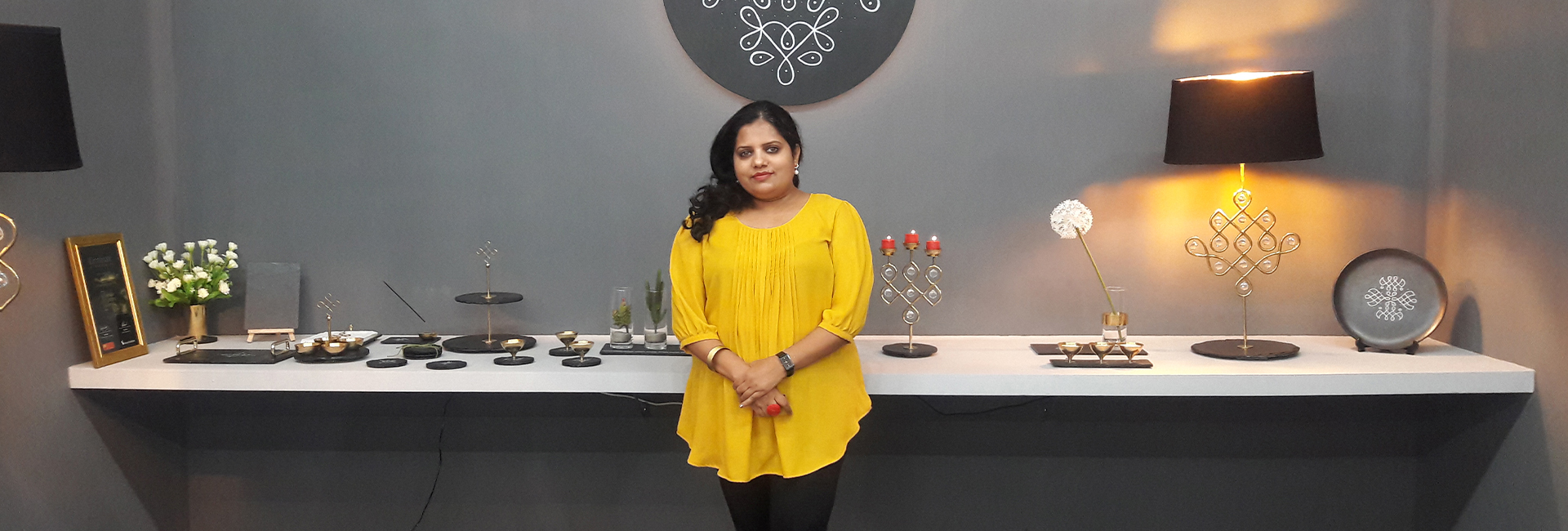
 Suhasini with a participant from one of her workshops[/caption]
Suhasini with a participant from one of her workshops[/caption] An eco doll house: Credit:
An eco doll house: Credit:  A mini-drone designed in collaboration with
A mini-drone designed in collaboration with 
 Sarika Bajaj, CEO and co-founder, Refiberd[/caption]
Sarika Bajaj, CEO and co-founder, Refiberd[/caption] Tushita Gupta, CTO and co-founder, Refiberd[/caption]
Tushita Gupta, CTO and co-founder, Refiberd[/caption] The clothing dump for fast fashion in the Atacama Desert, Chile[/caption]
The clothing dump for fast fashion in the Atacama Desert, Chile[/caption]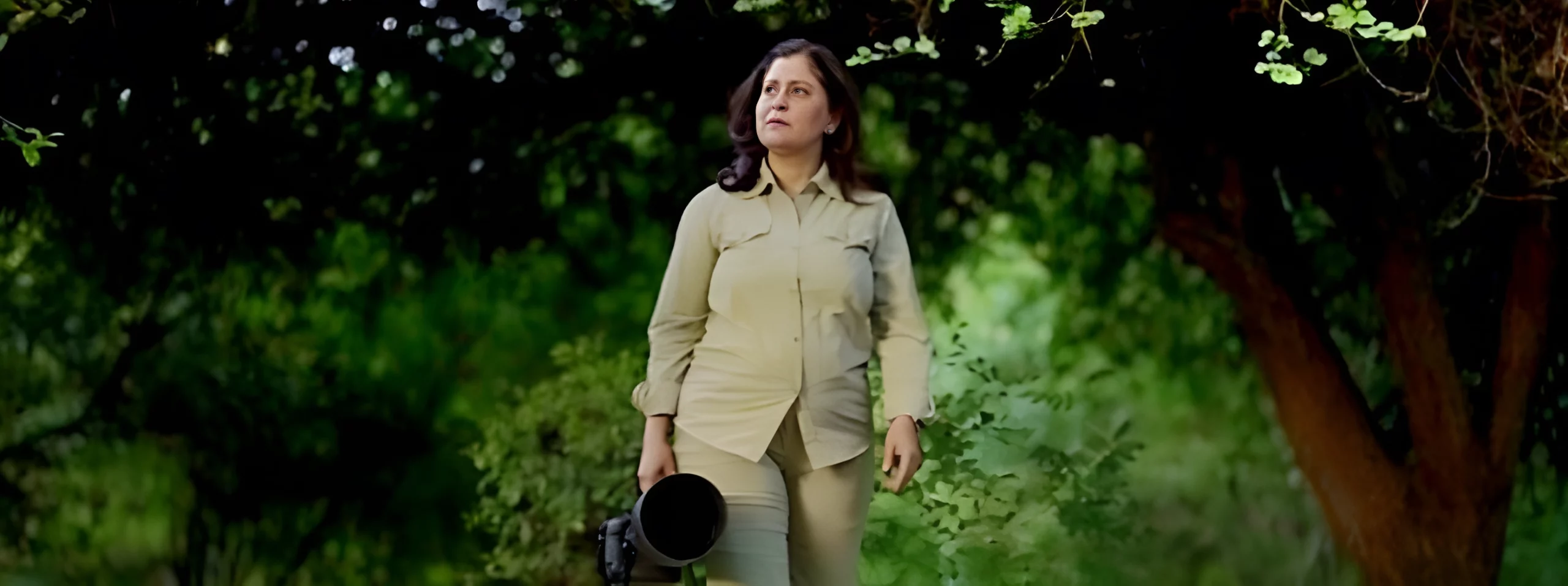
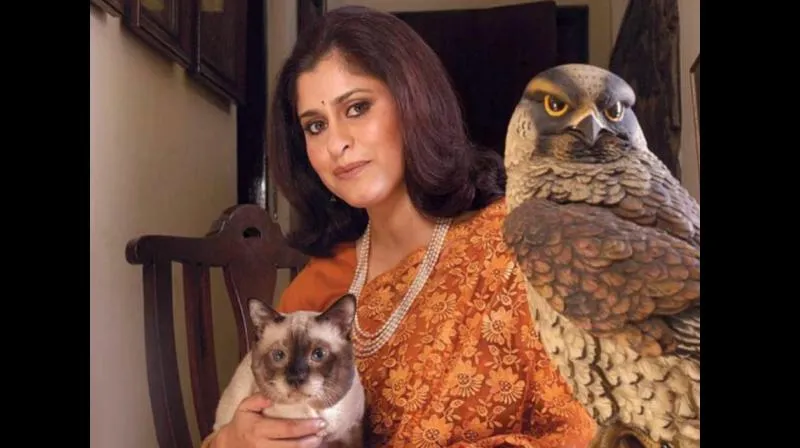

 Saurabh Netravalkar in action[/caption]
Saurabh Netravalkar in action[/caption]